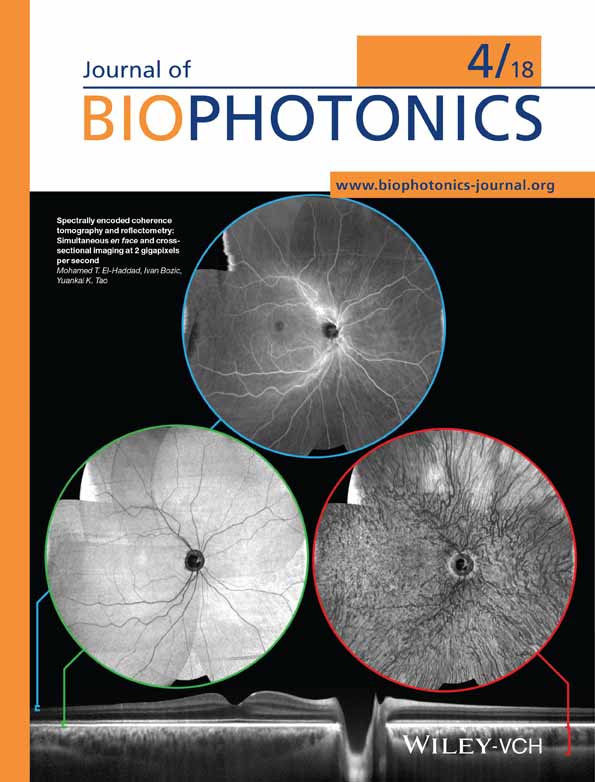Dual-wavelength reflectance spectroscopy of the superior vena cava: A method for placing central venous catheters at the cavoatrial junction
Abstract
There are a limited number of methods to guide and confirm the placement of a peripherally inserted central catheter (PICC) at the cavoatrial junction. The aim of this study was to design, test and validate a dual-wavelength, diode laser-based, single optical fiber instrument that would accurately confirm PICC tip location at the cavoatrial junction of an animal heart, in vivo. This was accomplished by inserting the optical fiber into a PICC and ratiometrically comparing simultaneous visible and near-infrared reflection intensities of venous and atrial tissues found near the cavoatrial junction. The system was successful in placing the PICC line tip within 5 mm of the cavoatrial junction.





